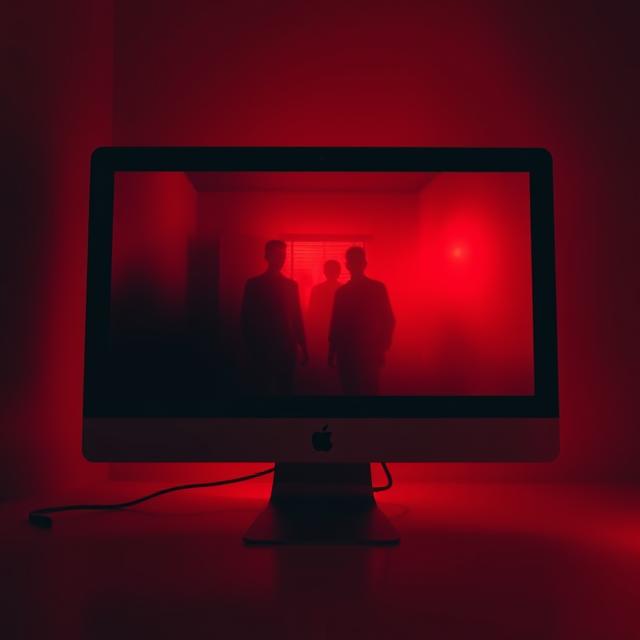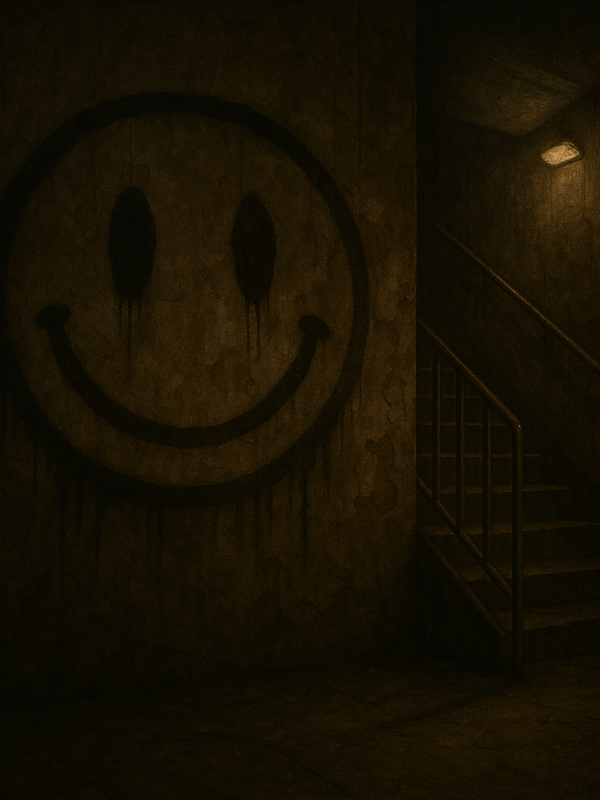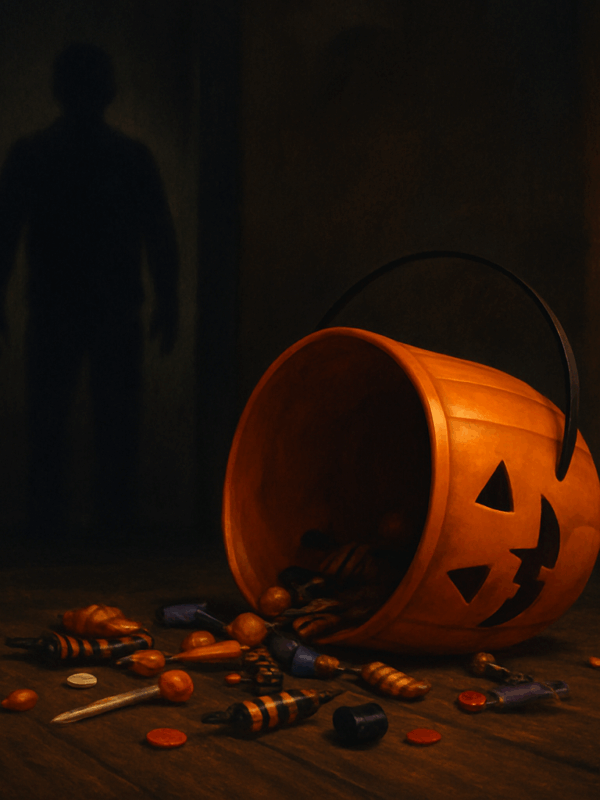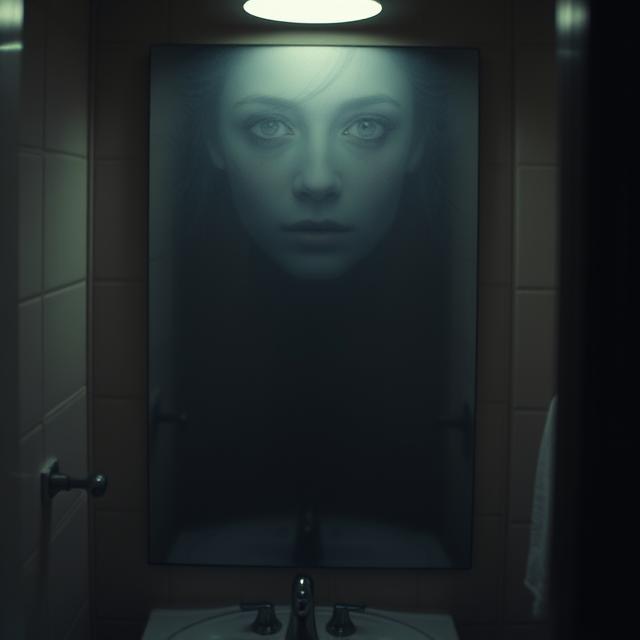In the shadowy corners of the internet, where whispers of the forbidden and the bizarre circulate like digital phantoms, there exists a chilling urban legend known as the “Red Room Curse.” Tales abound of hidden websites, accessible only through the murky depths of the deep web, where users can allegedly witness or even participate in horrific acts of violence, often culminating in death. At the center of this disturbing lore is the titular “Red Room,” a virtual space said to host these gruesome spectacles. But where does the line blur between online mythos designed to shock and the potential for truly sinister realities lurking beneath the surface of the World Wide Web? Let us navigate the unsettling terrain of the Red Room Curse, seeking to understand its origins, its impact, and the disquieting questions it poses about the internet’s darkest recesses.
The concept of a “Red Room” as a site of illicit and violent online content has permeated internet culture for years, often whispered about in hushed tones on forums and social media. The basic premise involves stumbling upon a hidden website, typically requiring specialized software to access (like Tor), where live streams or recorded videos depict extreme acts of torture and murder, sometimes purportedly at the behest of paying viewers.
The color “red” itself often carries connotations of danger, blood, and the forbidden, making it a potent symbol for such a sinister online space. The name alone conjures images of a clandestine and brutal environment, perfectly aligning with the disturbing nature of the legend.
The origins of the Red Room urban legend are somewhat hazy, likely emerging from the early, less regulated days of the internet and the inherent anonymity it offered. As the deep web became more widely known, fueled by both curiosity and fear, the Red Room narrative took root, feeding into anxieties about the unknown and the potential for unimaginable horrors to be occurring just beyond the surface of our everyday online experience.
One of the key aspects that makes the Red Room legend so unsettling is the purported interactivity. Some versions of the tale suggest that viewers can type commands or make requests that are then carried out on the victims in the live streams. This element of potential participation, even passively, adds a layer of moral unease and amplifies the horror.
It’s important to distinguish between the urban legend and the documented realities of the deep web. While the deep web does host illegal and disturbing content, including marketplaces for illicit goods and services, the existence of actual live-streamed torture and murder rooms, particularly those with interactive elements for viewers, remains largely unverified and often falls into the realm of internet folklore.
However, the power of the Red Room legend lies in its ability to tap into real-world fears about online exploitation, violence, and the anonymity afforded by the internet, which can embolden those with malicious intent. The very possibility of such spaces existing, even if unproven, is enough to fuel the myth.
Over the years, the Red Room narrative has evolved and been referenced in various forms of media, from online games and creepypastas to more mainstream horror content. This cultural osmosis has further cemented the legend in the digital consciousness, blurring the lines between fiction and the perceived potential for reality.
One particularly disturbing aspect of the Red Room legend is the lack of concrete evidence. Unlike other documented online criminal activities, verifiable proof of actual live-streamed torture and murder rooms remains elusive. This absence of definitive confirmation, paradoxically, can sometimes make the legend even more potent, allowing the imagination to fill in the horrifying details.
Skeptics often point to the technical improbability of such operations running undetected for long periods. Live streaming high-definition video of illegal and intensely violent acts would require significant infrastructure and would likely leave digital footprints that could be traced by law enforcement.
However, proponents of the Red Room’s existence often argue that these sites are highly encrypted, constantly changing locations, and accessible only to a select few within the deepest layers of the dark web, making detection incredibly difficult. This cat-and-mouse game, the idea of hidden horrors just out of reach of mainstream internet users and law enforcement, is a central element of the Red Room’s mystique.
The psychological impact of the Red Room legend is also significant. It plays on our inherent fascination with the macabre and the forbidden, while simultaneously triggering anxieties about the dangers that might lurk unseen in the digital world. The thought that such unimaginable cruelty could be occurring online, perhaps even being witnessed by others, is deeply disturbing.
The anonymity of the internet also contributes to the Red Room narrative. The idea that individuals could participate in or even orchestrate such horrific acts from behind the veil of online identities is a chilling reflection of the darker aspects of human behavior and the potential for the internet to facilitate them.
It’s crucial to approach the Red Room legend with a healthy dose of skepticism. Many online horror stories and urban legends gain traction through their shock value and the ease with which they can be shared and embellished. The Red Room certainly fits this profile.
However, completely dismissing the possibility of extreme and illegal content existing on the deep web would be naive. The deep web, by its very nature, is a space where illicit activities can and do occur. The question remains whether live-streamed torture and murder, as depicted in the Red Room legend, is a reality within this shadowy realm or primarily a product of our collective online anxieties.
Ultimately, the Red Room Curse occupies a liminal space between urban legend and the potential, albeit unverified, realities of the deep web. It serves as a potent symbol of the internet’s darker side, a manifestation of our fears about the unknown and the horrific possibilities that might exist beyond the familiar surface of the web. Whether it is a purely fictional creation or a distorted reflection of something truly sinister, the legend of the Red Room continues to fascinate and disturb, a chilling whisper from the digital shadows.
Want to explore the shadows even deeper? For more chilling cases like this, visit SinisterArchive.com, where the legends are real.




